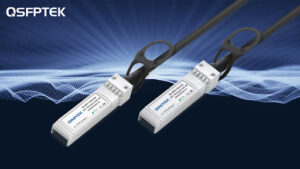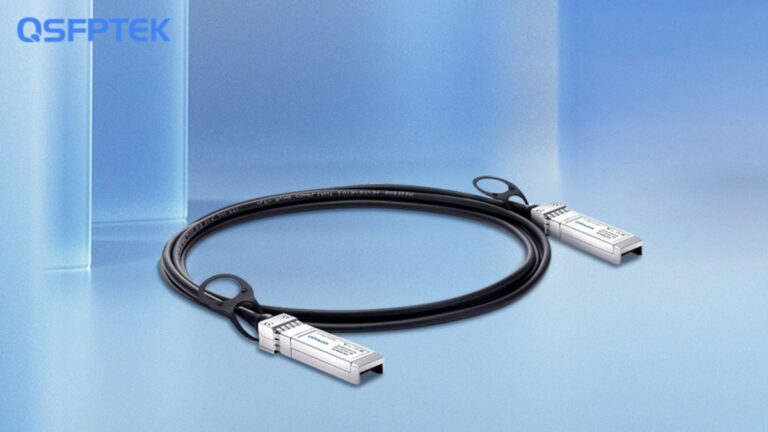In today’s increasingly connected world, network infrastructure must keep up with growing demands for speed and reliability. The access layer, where end-user devices connect to the network, is particularly critical. One technology that has proven invaluable in simplifying access layer cabling while enhancing performance and reliability is the 10G Direct Attach Copper (DAC) cable. This article explores how using 10G DAC can streamline network cabling, reduce clutter and management complexity, and improve overall network reliability.
Understanding 10G DAC
10G DAC cables are pre-terminated twinax cables with fixed lengths, featuring small form-factor pluggable (SFP+) connectors on both ends. They are designed for short-distance, high-speed connections, typically up to 7 meters. Unlike traditional fiber optic cables that require separate transceivers, DAC cables integrate the transceiver into the cable itself, providing a cost-effective and straightforward solution for connecting network devices.

Reducing Cable Clutter
One of the primary advantages of 10G DAC cables is their ability to reduce cable clutter. Traditional network setups often rely on a mix of copper and fiber cables, each serving different purposes and requiring various connectors and transceivers. This complexity can lead to a tangled mess of cables, making it difficult to manage and troubleshoot the network.
With 10G DAC, the number of cables and connectors is significantly reduced. Since DAC cables come in fixed lengths and include integrated transceivers, there’s no need for additional components. This simplification not only makes the cabling system neater but also reduces the risk of connectivity issues caused by incompatible or improperly connected components.
Simplifying Network Management
Simplified cabling translates to easier network management. Network administrators no longer need to deal with a multitude of different cable types, connectors, and transceivers. The homogeneity of DAC cables means that managing and maintaining the network becomes more straightforward.
Moreover, the fixed length of DAC cables ensures that the right cable length is always used, avoiding excess cabling that can cause physical strain on ports and connectors. This reduction in physical strain enhances the durability of the network infrastructure, reducing the likelihood of cable or port failures.
Enhancing Network Reliability
Network reliability is paramount, especially in the access layer where end-user experience is directly impacted. 10G DAC cables contribute to improved reliability in several ways:
Reduced Points of Failure: With fewer connectors and transceivers involved, the potential points of failure in the network are minimized. Integrated transceivers within the DAC cable mean that there is less chance of a bad connection disrupting the network.
Consistent Performance: 10G DAC cables provide consistent, high-speed performance over their entire length. Unlike some copper cables that can suffer from signal degradation over longer distances, DAC cables maintain their performance, ensuring reliable data transmission.
Lower Latency: The direct connection provided by DAC cables reduces latency compared to traditional cabling methods that may involve multiple conversion points. This lower latency is particularly beneficial for applications that require real-time data transmission, such as video conferencing or online gaming.
Cost-Effectiveness
Beyond simplifying cabling and improving reliability, 10G DAC cables offer a cost-effective solution for network upgrades. Traditional fiber optic setups can be expensive due to the cost of transceivers and the fiber itself. In contrast, DAC cables are relatively inexpensive, making them an attractive option for budget-conscious organizations looking to upgrade their network infrastructure to 10G speeds.
Conclusion
In conclusion, 10G DAC cables are a powerful tool for simplifying access layer cabling. By reducing cable clutter, simplifying network management, and enhancing network reliability, DAC cables offer a practical solution for modern network environments. As organizations continue to demand higher speeds and more reliable networks, the adoption of 10G DAC will likely increase, providing a straightforward and cost-effective path to improved network performance. Whether for small businesses or large enterprises, integrating 10G DAC cables into the access layer is a smart move toward a more efficient and reliable network infrastructure.
